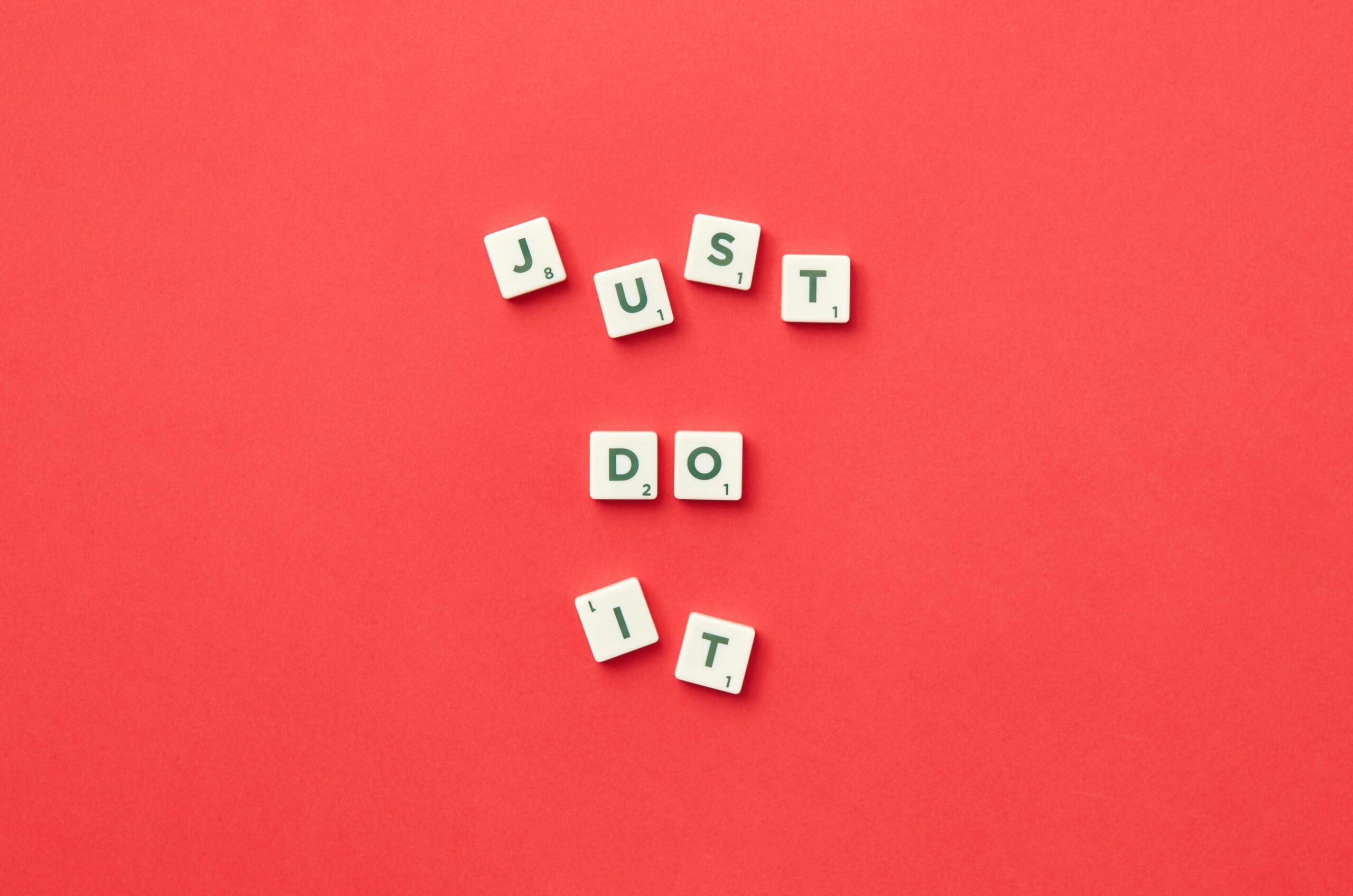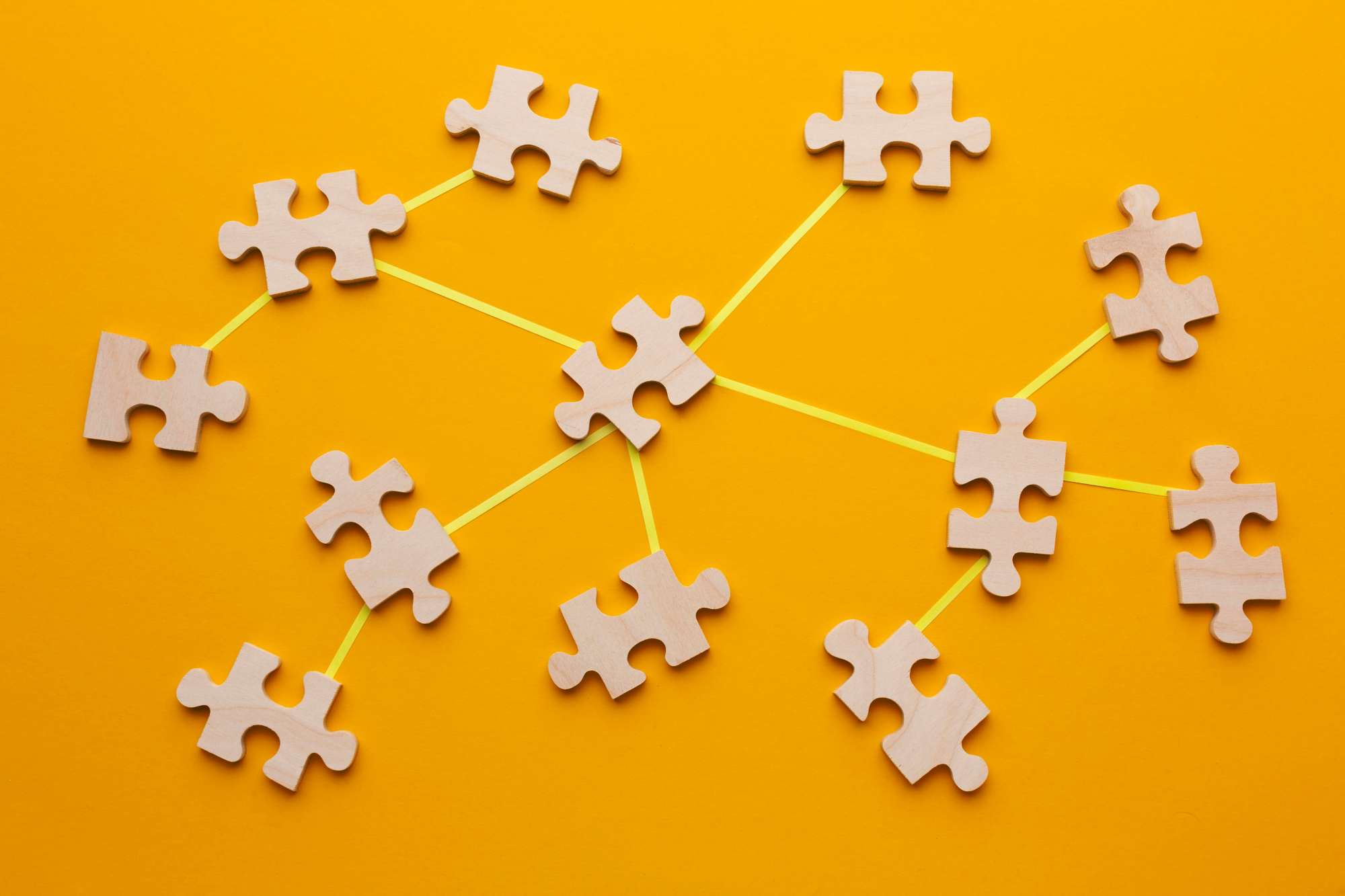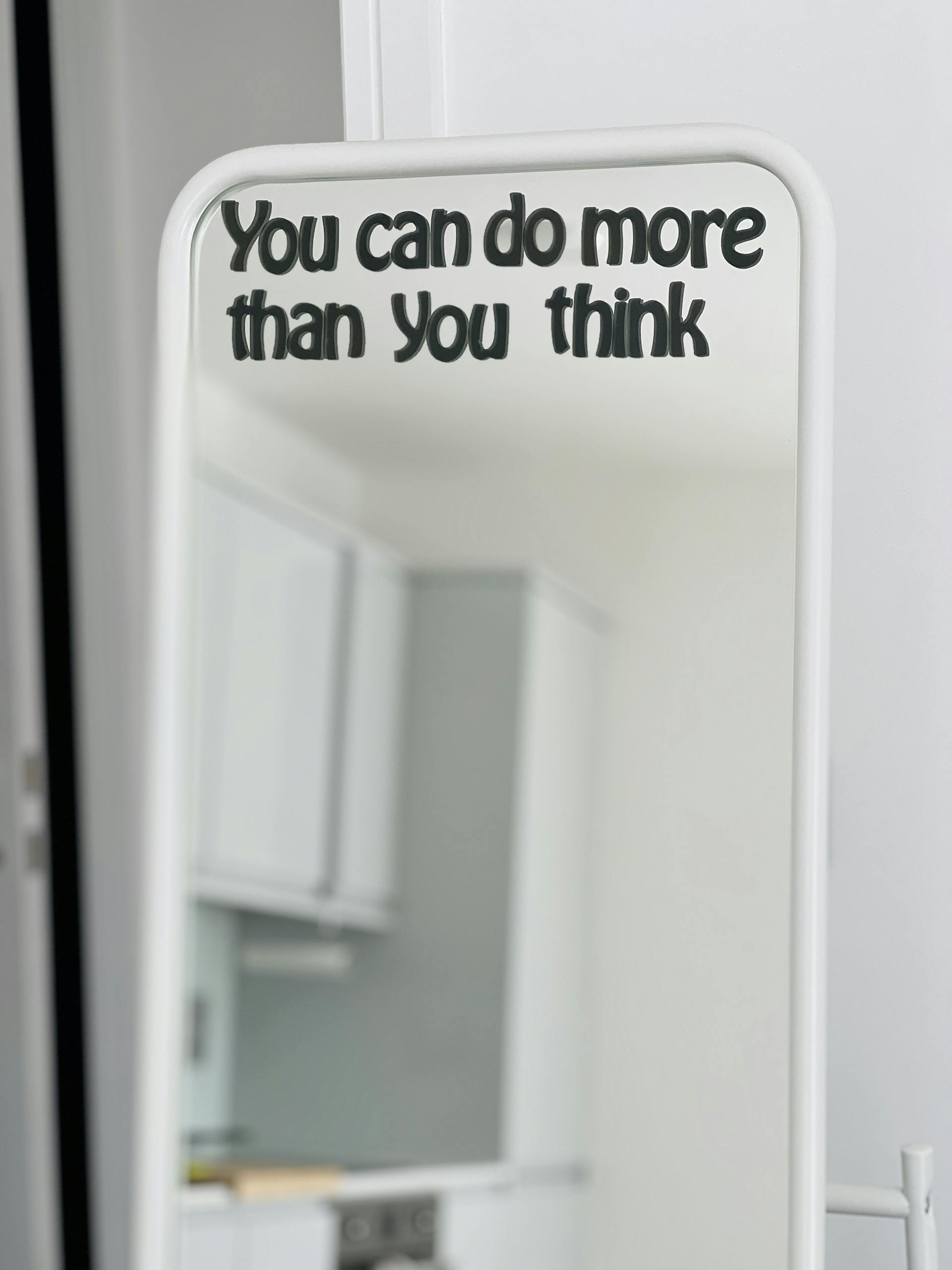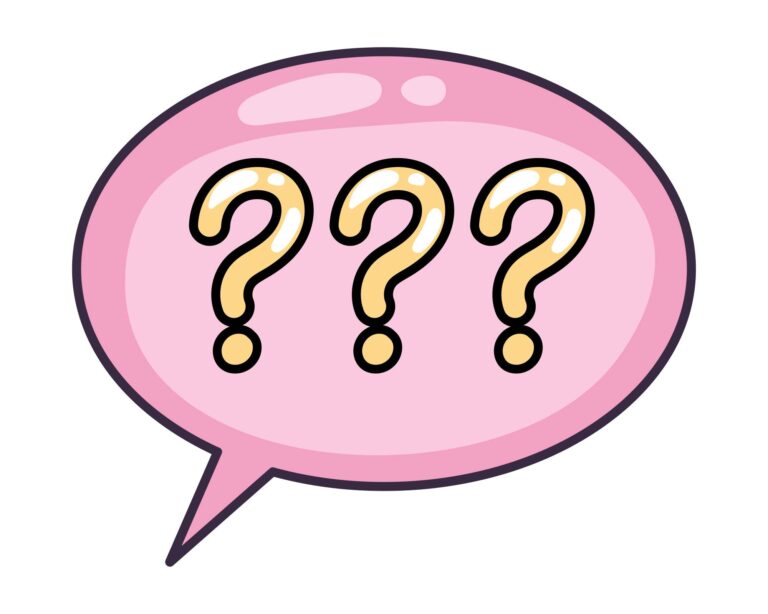The 80/20 rule for finding your direction
Have you ever felt like you’re trapped in your own head?
Like you’ve spent years thinking about what you should do with your life, analyzing every option, weighing every pro and con… and somehow you’re still exactly where you started?
If so, you’ve fallen into the trap that keeps most people stuck in a life they don’t want: spending 80% of your time thinking about finding your direction and only 20% doing anything about it.
The reality of being stuck
Let’s get honest about what being “lost” actually feels like:
- It’s waking up at 3 AM with your mind racing, wondering if you’re wasting your life.
- It’s watching others pursue their dreams while you’re still “figuring things out.”
- It’s that gut-wrenching feeling when someone asks, “So what do you want to do?” and your mind goes completely blank.
- It’s making lists, taking personality tests, reading books about finding your purpose and ending up more confused than when you started.
- It’s the shame of feeling like you should have figured this out by now.
I know this feeling well because I’ve been there. And I’ve watched countless others get trapped in the same cycle – not because they don’t have passion, talent, or potential, but because they’re using the wrong approach entirely.

The truth about finding your direction
You don’t find your direction by thinking about it. You find it by moving through life and paying attention to what lights you up.
All those hours you’ve spent overthinking, overanalyzing, and trying to figure out your life direction and “perfect path”? They’ve actually been keeping you stuck. Because clarity doesn’t come from thinking. It comes from experiencing.
Why your brain can’t think its way to clarity
Your brain is designed to protect you. To keep you safe. To avoid risk and uncertainty. So when you ask it, “What should I do with my life?” it does what it’s designed to do:
It overthinks. It catastrophizes. It keeps you paralyzed with “what ifs”:
- What if I choose wrong?
- What if I fail?
- What if I waste years going down the wrong path?
- What if I’m not good enough?
And in that state of fear-based thinking, clarity is impossible. Your brain is too busy trying to protect you from making a “wrong” choice to see the possibilities right in front of you.
This is why thinking harder has never worked and never will. You’re trying to solve an experiential problem with analytical tools, and it’s like trying to taste food by reading the recipe.
The 80/20 rule for finding your direction that changes everything
Here’s the flip that will change everything: 80% of your time should be spent DOING, not just thinking. Think of all the mental energy you’ve poured into figuring out your direction:
- The late-night journaling sessions.
- The endless pros and cons lists.
- The personality assessments and career quizzes.
- The hours spent scrolling through others’ lives, wondering if their path could be yours.
Now imagine if you channeled even half of that energy into actually testing things in the real world.
- Instead of wondering if you’d enjoy writing → Write for 20 minutes a day for a week.
- Instead of debating if you’d be good at public speaking → Record yourself talking about something you care about.
- Instead of analyzing if you should start a business → Talk to three potential customers about their problems.
When you shift from 80% thinking and 20% doing to 20% thinking and 80% doing, everything changes.
You stop living in the hypothetical and start gathering real data about yourself. And that’s where clarity comes from – not from perfect analysis, but from imperfect action.

Why you’re addicted to overthinking
Let’s talk about why overthinking is so seductive. Overthinking feels productive. It feels responsible. It feels like you’re making progress. After all, isn’t it smart to really think through your options before diving in?
But here’s what’s actually happening – overthinking has become your comfort zone. It’s safe because thinking about doing something never requires you to face rejection, failure, or the discomfort of being a beginner.
It’s a perfectly designed system to keep you feeling like you’re making progress while ensuring you never actually risk anything. And your brain loves it because as long as you’re just thinking, nothing has to change. You get to stay cozy in your familiar discomfort.
The hidden cost of staying stuck
“But what’s the harm in taking my time to figure things out?” you might wonder. The cost is your life. Each day you spend overthinking instead of taking action is a day you’re not:
- Building momentum.
- Discovering what actually energizes you.
- Developing skills that build over time.
- Creating experiences that shape your identity.
- Meeting people who could change your path entirely.
Every morning you wake up overthinking, is another day lived according to your fears instead of your desires. And eventually, overthinking doesn’t just cost you opportunities – it costs you yourself. Because a life spent thinking about living is not the same as actually living.

The painful truth about “finding your passion”
We’ve been fed a destructive lie about passion – that passion is something you “find”. Like it’s been hiding under a rock all along, waiting for you to stumble upon it. This lie has kept millions of people stuck, waiting for some magical moment of clarity that never comes.
The truth?
Passion isn’t found. It’s built – through curious exploration, small actions, and paying attention to what energizes you.
The people you admire who seem so “clear” about their career direction and purpose? They didn’t wake up that way. They just started somewhere, anywhere, and kept moving. They tested, adjusted, failed, learned, and gradually grew into their purpose through action.
They weren’t smarter or more talented. They just understood that clarity comes through movement, not through perfect analysis.
The fear that keeps you frozen
Let’s address the real reason you’re still overthinking – fear.
- Fear of choosing wrong,
- Fear of wasting time,
- Fear of looking foolish,
- Fear of discovering you’re not good enough…
These fears aren’t just thoughts – they’re physical sensations that keep you paralyzed.
But here’s what nobody tells you about fear – it doesn’t go away through more thinking. It goes away through action. When you take small, low-risk actions to test your interests, something magical happens: The fear of the unknown becomes smaller than your frustration with staying stuck.
And that’s when everything changes. Developing the right mindset is crucial for moving past these fears – learn specific strategies in How to develop a growth mindset: 15 strategies that actually work.

The direction-finding framework that actually works
So how do we flip from 80% thinking to 80% doing? Here’s your new framework:
Step 1: Kill your perfectionism
Your need for the perfect plan is keeping you stuck. Today, embrace this mantra:
“I don’t need the perfect path. I just need the next step.”
Analysis is useful only when it leads to action. If you’ve been thinking about something for more than a week without taking action, you’re not planning – you’re hiding.
Step 2: Lower the bar so far you can’t help but trip over it
Make your first steps so ridiculously small that fear can’t talk you out of them:
- Curious about coaching? Have a 15-minute conversation where you help someone with a problem.
- Interested in writing? Write for 10 minutes without judging yourself.
- Want to start a business? Talk to one person about their challenges in the area you’re interested in.
Remember: You don’t have to quit your job, spend money, or make huge declarations. You just need data about what energizes you.
Step 3: Track energy, not results
After each small action, ignore whether you were “good” at it. Instead, ask:
- Did I lose track of time?
- Did this energize me or drain me?
- Am I curious to learn more?
- Would I look forward to doing this again?
Your energy is the compass that will guide you to finding your path and true direction. Everything else is just noise.
Step 4: Follow the heat
When something gives you energy, double down. Do more of it. Try different aspects of it.
When something consistently drains you, give yourself permission to move on without guilt.
The path to your direction isn’t a straight line – it’s a series of experiments that gradually reveal what lights you up.

The clarity sprint: Your 7-day break from overthinking
I want to challenge you to try this 80/20 flip for just one week.
For the next 7 days, you will:
- Catch yourself when you’re overthinking.
- Redirect that energy into one small action.
- Pay attention to what gives you energy.
Here’s your specific daily roadmap:
Day 1: The creative test
Instead of reading another article about finding your purpose, spend 20 minutes creating something with your hands. Write, draw, cook, build, or organize something. Don’t judge the output – just notice:
- Did time fly by? Did you feel energized or drained?
Day 2: The inspiration hunt
Instead of scrolling through job listings wondering what you’d enjoy, find and watch one YouTube video or podcast episode featuring someone doing work that intrigues you. Focus on their story, not their success. Notice:
- What part of their journey sparked your curiosity?
- Did hearing them talk about their work make you want to learn more?
Day 3: The learning experiment
Instead of taking another personality test, spend 30 minutes learning something new through action. Watch a tutorial and actually follow along, take a free online lesson, or attend a virtual workshop. Track:
- What kept your attention? What made you want to learn more?
Day 4: The values check
Instead of comparing yourself to others online, spend time reflecting on what matters most to you. Read about causes you care about, research organizations doing work you admire, or think about what kind of impact you want to make. Ask:
- What issues make you feel passionate rather than just interested?
Day 5: The 15-minute rule
Instead of worrying about making the wrong choice, pick one tiny aspect of something you’re considering and try it for just 15 minutes. If you’re curious about coaching, help one person with advice. If you’re interested in business, brainstorm solutions to a problem you notice. Ask yourself:
- Do I want to keep going, or am I ready to stop?
Day 6: The pure interest test
Instead of thinking about what you “should” be good at, spend time doing something purely because it calls to you. No career potential required – just follow what sounds interesting right now. Reflect:
- When did you forget to check your phone? What made you smile?
Day 7: The pattern recognition
Look back at the week and answer these specific questions:
- Which day’s activity made you lose track of time?
- What did you find yourself thinking about or wanting to research after each experiment?
- Which activities energized you vs. which ones felt like work?
- If you had to pick just one activity to do again next week, what would it be?
- What themes or patterns do you notice in what attracted you?
Bonus tracking tool: At the end of each day, rate your energy level (1-10) and write one sentence about what you discovered about yourself.
This simple week will give you more real data about your direction than months of overthinking ever could.

You’ve been looking in the wrong place
For years, you’ve been searching for clarity in your head, trying to think your way to certainty. But discovering your purpose and direction isn’t found in your thoughts. It’s found in your interaction with the world.
It’s found in moments where you’re so engaged that you forget to check the time.
It’s found in the problems that frustrate you enough that you want to solve them.
It’s found in the conversations that leave you feeling energized instead of drained.
These real-world experiences contain the clues to your direction – but you miss them when you’re trapped in your head, overthinking everything.
Research from Harvard business review shows that finding direction involves meeting five core psychological needs – but you can only discover which ones matter most to you through real-world experimentation, not endless analysis.
The permission you’ve been waiting for
If you’ve been waiting for someone to tell you it’s okay to move forward without having it all figured out, this is it. You have full permission to:
- Test things without commitment.
- Try something for a day and decide it’s not for you.
- Be terrible at something new.
- Change direction when the data tells you to.
- Start before you feel ready (because you’ll never feel ready).
- Build your path one small, imperfect action at a time.
You don’t need to have it all figured out. You just need to take the next small step and pay attention to what it teaches you.
What’s keeping you from starting right now?
Be honest with yourself: What’s the real reason you haven’t taken action on the things you’re curious about?
Is it fear of failure? Fear of judgment? Fear of wasting time? Fear of discovering you’re not good enough?
Whatever that fear is, it won’t go away through more thinking. It only disappears when you take action so small that fear can’t stop you – and then build from there.

The next step is yours
So here’s my challenge to you:
After you finish reading this article, choose ONE small action that moves you from thinking to doing. Don’t overthink it. Don’t make it complicated. Just choose one tiny step that seems interesting, and do it within the next 24 hours.
It could be:
- A 10-minute attempt at something you’ve been curious about.
- A conversation with someone whose work you admire.
- A simple project done purely for enjoyment.
- A small offer to help someone with a problem you care about.
Just one step that breaks the overthinking cycle and puts you into motion. Because finding your path in life isn’t hiding in more analysis, another book, or a better personality test.
It’s waiting to be discovered through action. Through engagement with the real world. Through paying attention to when you feel most alive. And it all starts with flipping the 80/20 rule: less thinking, more doing.
Your direction is waiting. But it’s not waiting for you to think about it more. It’s waiting for you to show up and take action. What will your first step be?
If you’ve identified what’s been blocking you but need help with the deeper barriers, start with What’s blocking me? The 5 hidden barriers that keep you stuck (and how to finally break free).
Ready to stop overthinking and start finding your direction?
If this 80/20 approach resonates with you but you want a complete system to guide you through the process, I’ve created something specifically for people struggling with finding their life direction.
The Purpose and goal-setting workbook gives you 30 days of structured action steps to flip from thinking to doing. No more analysis paralysis – just clear daily challenges that build momentum and reveal your path through action.







